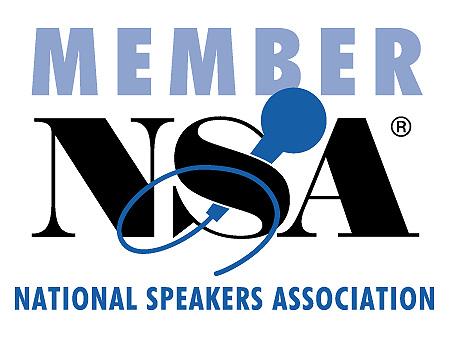 Send to Kindle
Send to KindleThis is the first of a five part series of posts on employee needs beginning with an overview of Abraham Maslow’s Hierarchy of Needs, then examining each level with an emphasis on how a good leader can use the hierarchy to improve worker productivity.
A restaurant owner once told me that it was difficult to motivate employees because most workers in the food service industry were just working there while waiting for whatever was next. That’s a common thought throughout the retail industry and in many cases it’s true. Why? For one thing, our society doesn’t see hawking disassembled furniture at Target, or waiting tables at Applebee’s as glamorous jobs. If we ask why again, there are several popular answers, but I want to concentrate on a particular area that many leaders don’t seem to pay much attention to. That is, leaders seldom make much effort to satisfy employee needs. You may say it isn’t about what they need, and you’d be at least partially correct. Companies are not formed for the sake of employees: a business does not exist to create jobs. However, to be successful, all but the smallest, single person businesses require employees to make things happen. Therefore, the needs of employees become, or at least should become, the needs of their leadership. Or, to put it a little differently, to be successful, leaders must be aware of employee needs. Companies seem to understand this to differing degrees.
Abraham Maslow, a psychologist who lived from 1908 to 1970, developed the Hierarchy of Needs. His theory was that every human has a progressive set of needs and fulfilling those needs significantly affects what a person will do and how that person is motivated. His hierarchy begins with basic survival needs and progresses through safety, belonging, self-esteem, and finally self-actualization. There’s much discussion about how to interpret this hierarchy, and unfortunately Maslow passed away while doing more advanced research on the subject. For a leader though, this five level hierarchy is a great place to start to help employees become more motivated to excel on the job.
Where a person falls on Maslow’s hierarchy is directly related to their motivation. For instance, if a person does not have enough money to buy food, they are less concerned about belonging than they are about basic survival. Once they are reasonably assured of survival, they can turn their attention to higher level needs. Likewise, a worker who doesn’t feel safe in the workplace will be less likely to worry as much about self-esteem. It’s significant to note that if a person doesn’t feel assured of survival, or doesn’t feel a reasonable assurance of safety, (what Maslow called the physiological needs) a leader cannot expect that person to be motivated to achieve higher level needs.
A leader must recognize where workers are on this hierarchy as that knowledge will provide them with a basic idea of how to help them be motivated. When considering needs and motivation, remember that motivation is internal to the employee and will drive attempts to satisfy needs. In other words, realizing that a person is at a certain level of need should allow the leader to help that person realize and act on their own motivation to meet the next level of need. Understand that different people will demonstrate different levels of need and therefore require different levels of input to activate their internal motivators.
How many leaders in retail are taught these basics and understand that their workers have needs that are probably not being met? How many employees walk everyday because they don’t even see even a rudimentary effort to meet their needs?
In the next post, we’ll take a look at the first level of need on Maslow’s hierarchy; survival.
Please leave a comment and let me know what you think.



